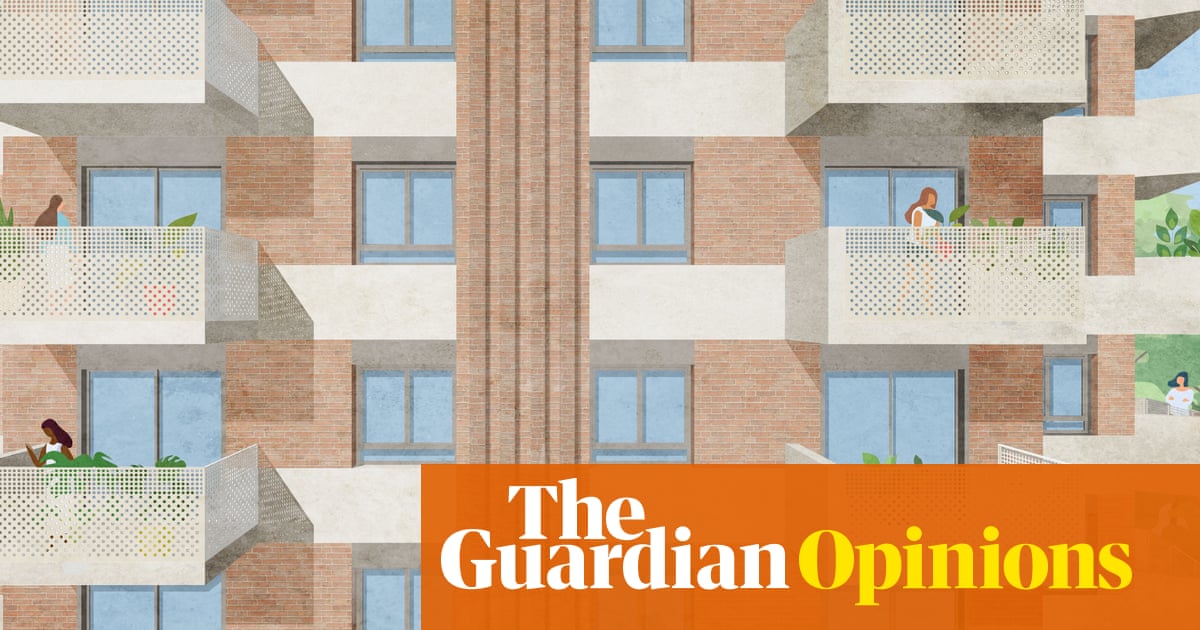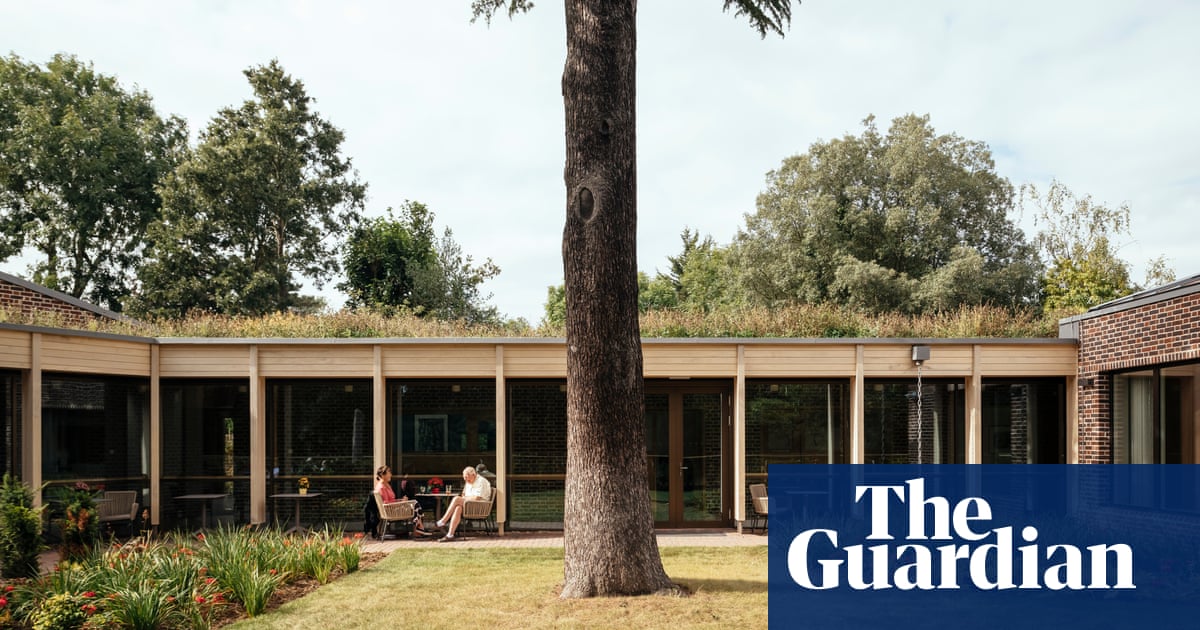
Britain’s first women-only tower block, 15 storeys of 102 units, has just been given planning permission in Ealing, west London. Women’s Pioneer Housing (WPH), founded by suffragettes a century ago, will offer tenancies only to single women, prioritising victims of domestic abuse and black and minority ethnic women who face pay discrimination, so can’t afford private rents.
It may be the first all-female high rise, but this is by no means the UK’s first single-sex social housing experiment: the social reformer Mary Higgs published Where Shall She Live? in 1910, launching the call for “lighthouses”, accommodation to house and preserve the reputations of low-paid, unmarried women. The historian Emily Gee describes a network of organisations with the same mission, housing women who were respectable but poor – including the Society for Improving the Condition of the Labouring Classes, which converted a London townhouse into 57 lodgings for single women. Structurally, these bore a striking resemblance to the WPH female-only development rejected by councillors in Hammersmith and Fulham last year.
Basically, that original conversion took out all the parlours and bedrooms and turned them into corridors and cubicles, and cubicle-living became the template for Homes for Working Girls. Scroll forward 150 years, and cubicles have become “co-living”, studios of around 24 sq m with a shared roof terrace in the Hammersmith and Fulham development that was rejected by planners in part because it didn’t meet basic standards of spaciousness.
The co-living model works relatively well for the student population, but transposing it on to women reveals how problematic it is to hive off groups as “vulnerable” when their vulnerability is that they can’t afford market rents. The cascade into infantilisation appears to be irresistible, to us as much as the Victorians and Edwardians – how much private space does a single woman need, after all? Surely she’d be happier eating on the roof with her neighbours, where she could chat?
This perception of single women as a vulnerable group – part child, part victim – echoes through not just the developments themselves but the objections to them: won’t such a concentration attract predatory men? Won’t women feel threatened living in a high-rise? These arguments, made by Ealing residents, had a tang of nimbyism, post-justified: why would women be scared of 15 storeys, are we all meant to be afraid of heights now? The insult of being characterised as somehow weaker or less capable, for falling foul of a housing crisis that has been decades in the making, will be brushed off by a lot of women, at least 102 of whom will look at a flat they can finally afford and think the rest is noise.
Women’s Pioneer Housing put this bluntly on their website: “There is no region in England where a single woman on an average woman’s salary can afford to rent a private-sector home of her own.”
I remain highly sceptical of gendered takes on market failures, but this is a moment in our economic history to stand still and consider. Danny Dorling, a professor of human geography, once defined the servant class as one in which you can’t afford to have children because your pay isn’t high enough. He was working out from a Victorian definition, in which live-in servants were actively barred from having families of their own. In today’s economy, where jobs tend not to be live-in, where no employer would be seen dead mandating your reproductive choices, the reality is the same: if your pay is too low for you to make a full range of human decisions, you are effectively in service to someone else. They have agency, and you don’t. “It would be interesting,” Dorling told me, “to try to work out how many people in their 20s and 30s would like to have children but cannot, because they are, in effect, servants.”
Housing is a coincident indicator of that servitude; whether you wanted children or not, you wouldn’t be able to consider it if you couldn’t afford a roof over your head. It’s a painful situation to confront, and we avoid doing so by normalising other modes of living – staying in the parental home into your 30s, sharing tenancies, arguing, not unreasonably, that living alone isn’t necessarily the dream. And we arrived, as if sleepwalking, at a situation in which there isn’t anywhere in the country where a single woman on an average salary can afford to rent her own place, privately: a new class of handmaids.
If there are Edwardian overtones to this all-female housing block, it’s not because of the size of the flats, or the infantilisation of the residents, or the discomfiting qualitative judgments some people feel driven to make about single women and the way they should or want to live. It’s the economy, stupid. The gap between the rich and the poor is wider than it’s been for 100 years and, as if by wild coincidence, we’re asking the same question we were asking 100 years ago: Where Shall She Live?
Zoe Williams is a Guardian columnist












